20 Bucket List Hiking Trips to Take in 2020

'Doug Letterman'
This is the year to take the plunge. Small trips and long weekends keep us moving, but it’s time to stop putting it off—2020 is the year to finally take that big trip. After all, bucket list trips aren’t just for right before kicking the bucket, and going on a life-list worthy trip this year is the perfect way to set you up for a new decade of bold dreams. The key to starting off the ‘20s right? Pick a journey you’ll remember. Start with these classics
Complete the Long Range Traverse

This 25-mile route through Newfoundland’s Gros Morne National Park takes you through an untouched-feeling land of stunted mountain tundra, through rocky canyons fringed with deciduous forest,, and past hidden lakes from Western Brook Pond to Ferry Gulch and the highway. The five campsites scattered along the route are maybe the best signs of a route from end to end.
Drop a Line Along The Beaten Path
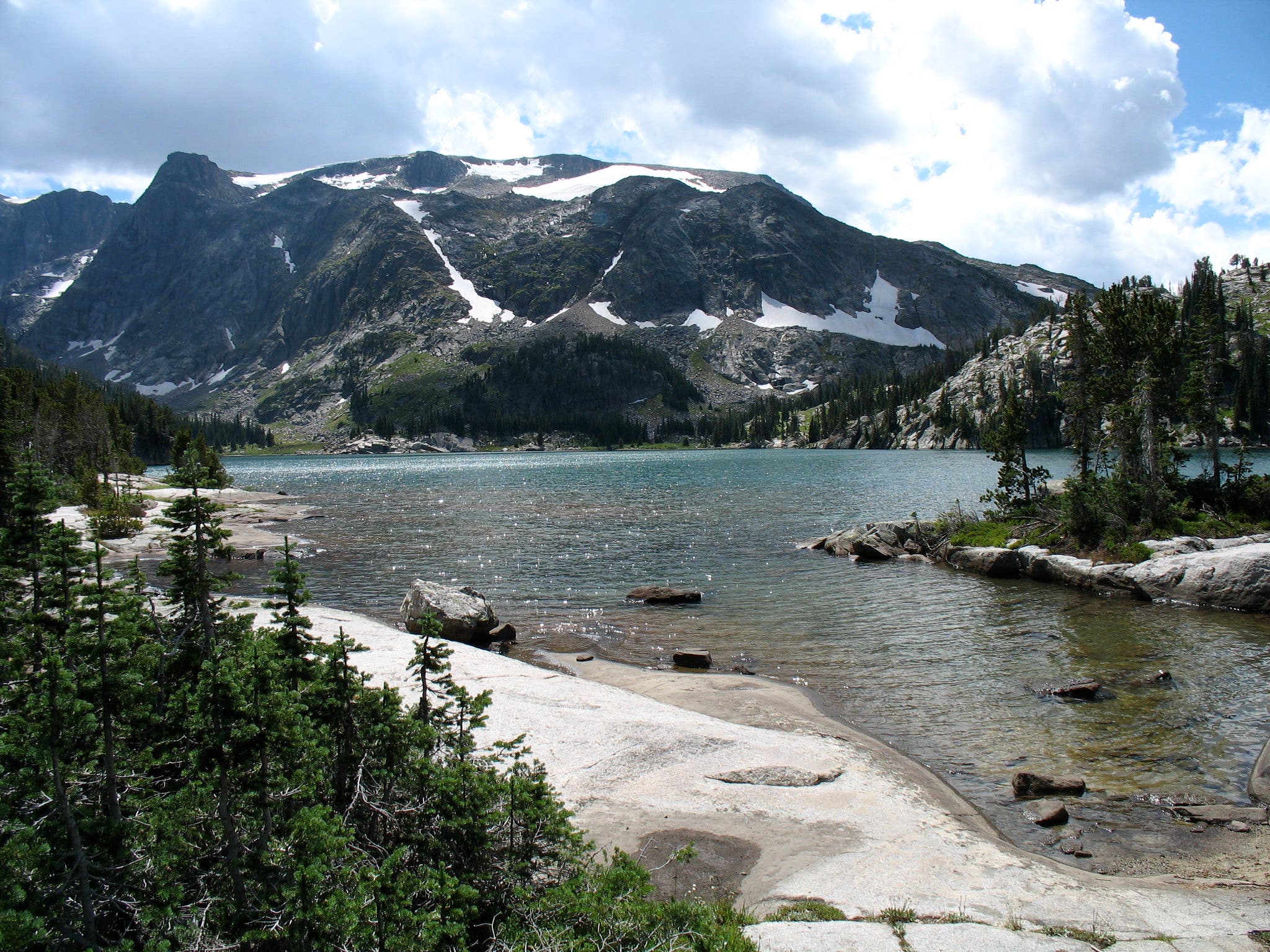
The 26-mile Beaten Path Trail in Montana’s Beartooth Wilderness weaves through 12,000-foot peaks, 300-foot waterfalls, and hundreds of lakes stocked with world-class trout. Camping is plentiful along the entire route, so take your time and relax around whichever lake the fish seem liveliest in.
Walk Through the Gates of the Arctic
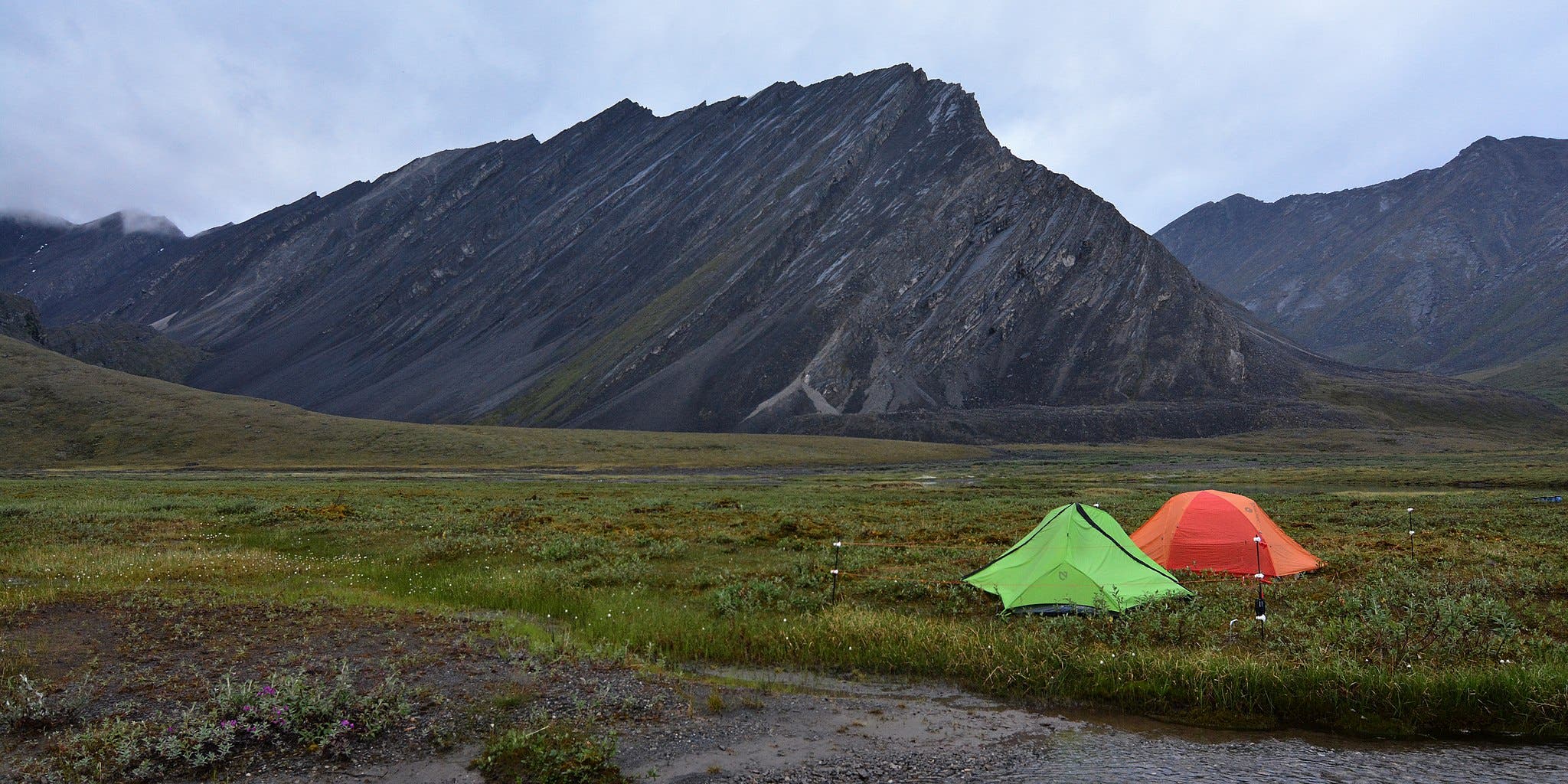
America’s northernmost national park gets its name from a pair of peaks on opposite sides of the Koyukuk River—a portal to the north that explorers in the late 1920s named the Gates of the Arctic. The park doesn’t have any roads, so getting to the gates is a mission, and once you’re there, you won’t find any trails, either (brush up on your overland navigation skills. Between the spectacular Brooks Range, the “arctic desert,” and the massive megafauna, the journey will be worth it.
Explore the Cirque of the Towers
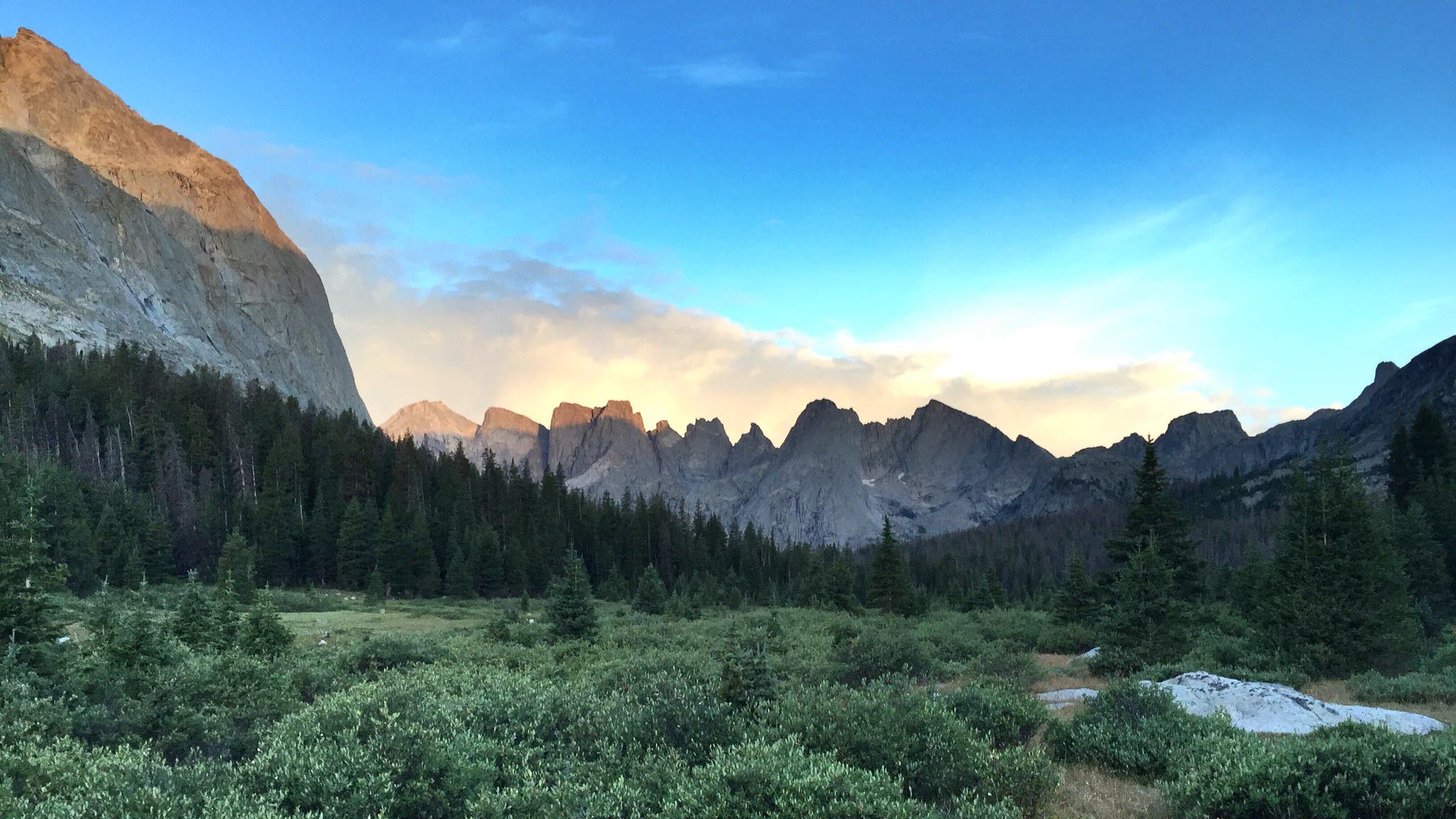
This remote basin in Wyoming’s Wind River Range is as rugged as it comes: Tall, serrated granite peaks rise around your campsite, waterfalls tumble into the basin, and wildflowers sprout up around alpine lakes. After making the 9-mile approach to the cirque, set up shop and spend a few days scrambling, fishing, and exploring side trails before heading back to civilization.
Hike One of the Original Sections of the PCT
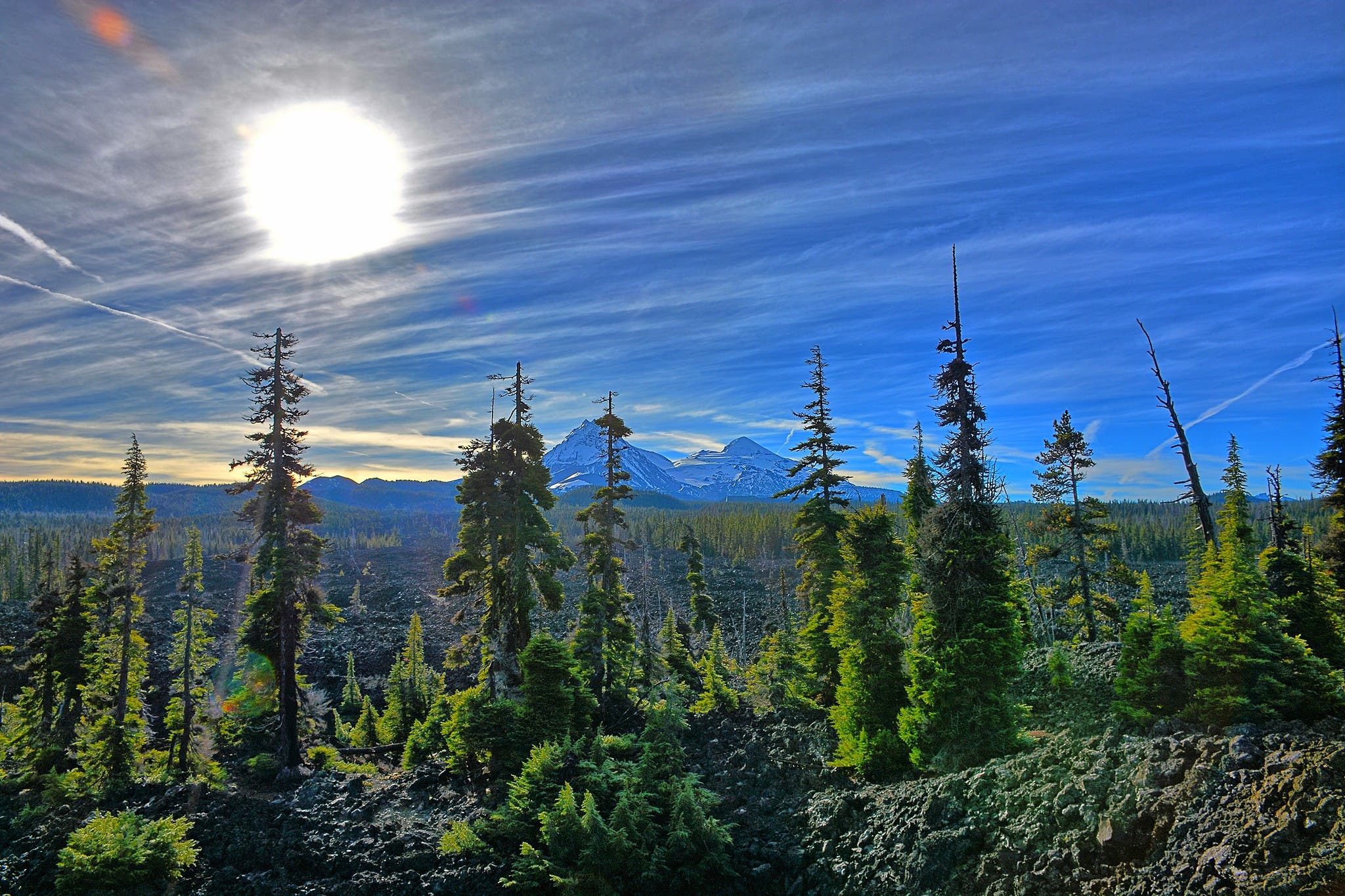
Since it was swallowed up by the larger Mexico-to-Canada route in 1968, most hikers don’t know that the 428-mile section from Siskiyou Summit to Cascade Locks was originally established 100 years ago as the Oregon Skyline Trail. If you don’t have the time to spend on the full PCT, this abbreviation hits a lot of highlights, including remote volcanoes like the Three Sisters and Mount Jefferson, Crater Lake, dense forests of Douglas fir, and of course glacier-covered Mount Hood.
Traverse the Needles in Colorado
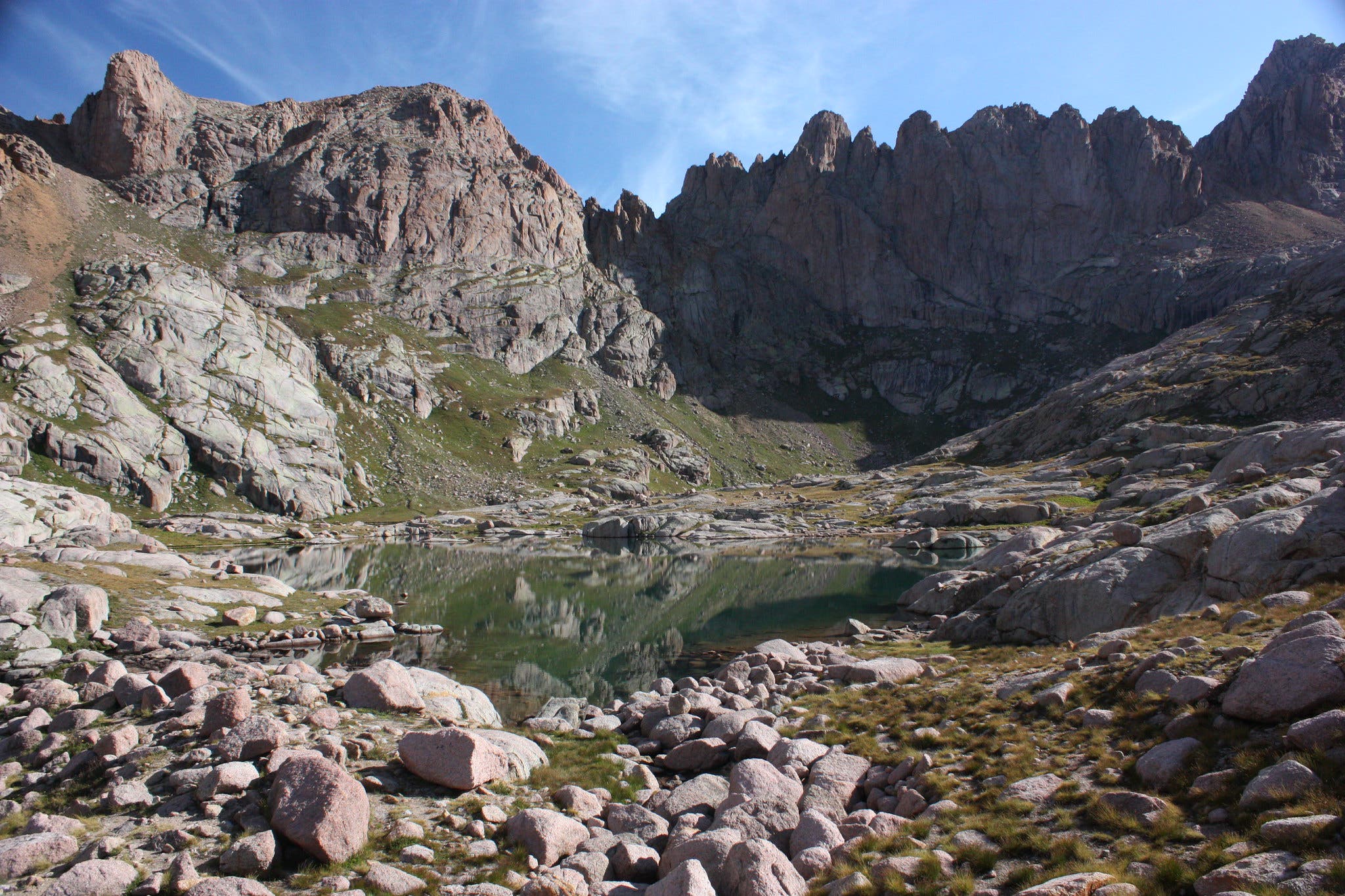
Give yourself a week for this 50-plus mile traverse of the Needle Mountains, thanks to high altitude, steep passes, craggy alpine terrain, and rugged, remote trails. Not to mention, you’ll want some extra time to explore the mining ruins, 14ers like Sunlight Peak, and alpine wildflowers along the way.
Hike the Art Loeb Trail
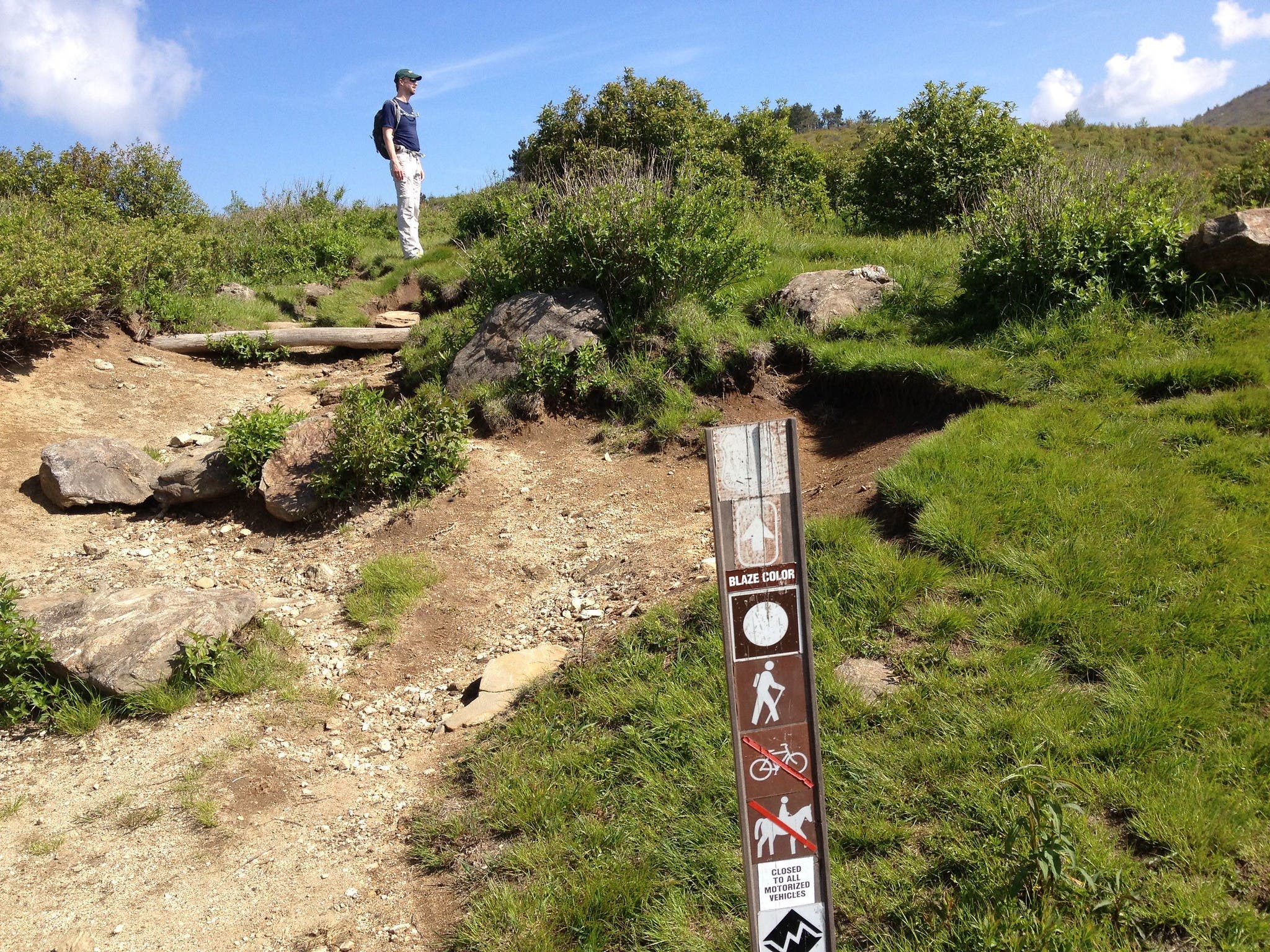
This 30-mile mini thru-hike slices through the “cradle of American forestry:” North Carolina’s Pisgah National Forest. While hiking the trail end-to-end can be logistically complex (look into using a local shuttle service to complete the loop), you’ll get to experience the open, rocky knobs of the Black Balsam region (a casualty of logging and forest fires in the early 1900s) and the Shining Rock Wilderness, named for the glittering quartz rock that can be seen from miles away.
Trek the Inca Trail
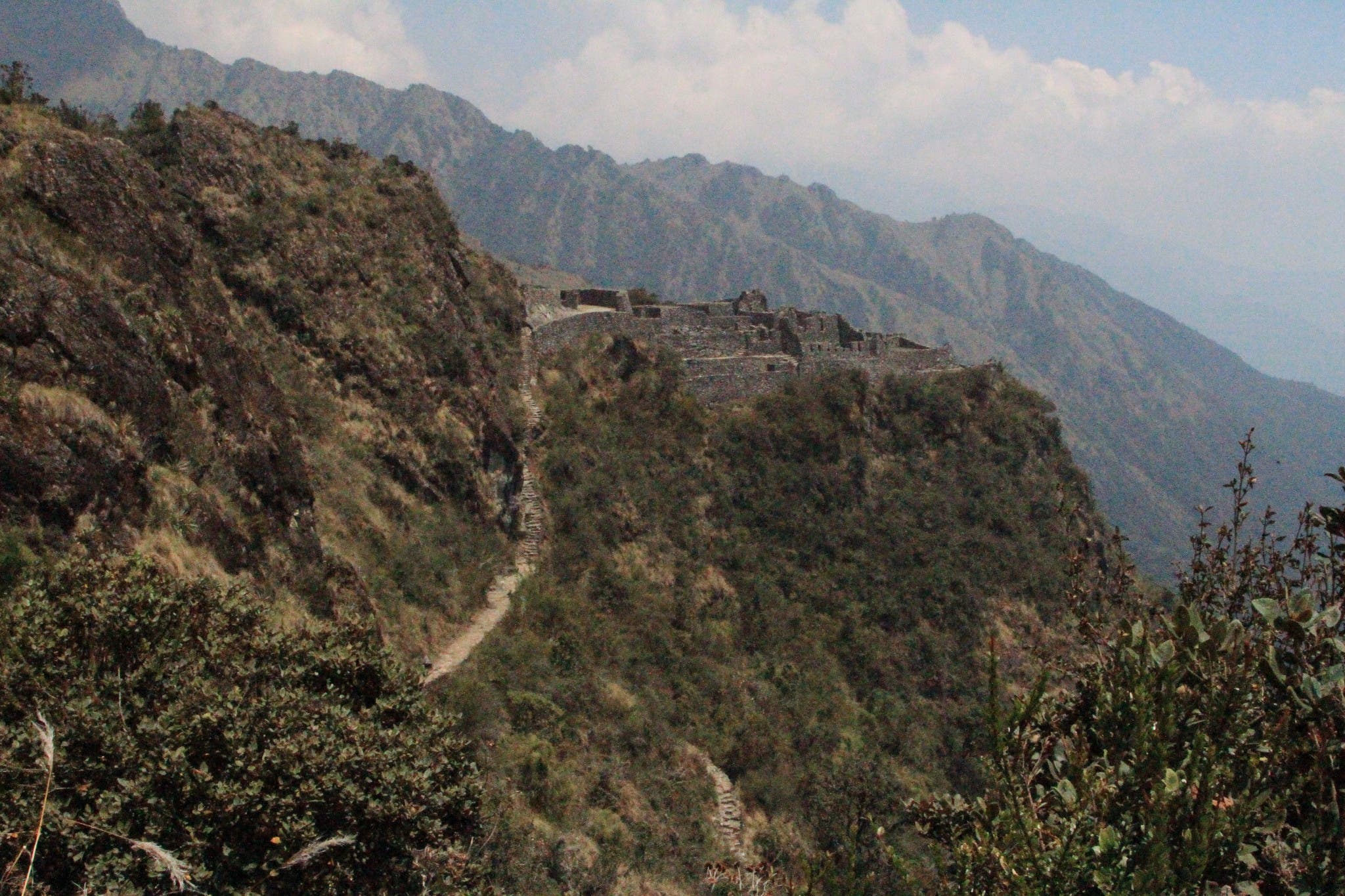
Everyone’s seen the photos, but they’re nothing compared to the real thing. From the end of the 23-mile Inca Trail, peer down into the ancient mountaintop village of Machu Picchu. The journey itself will carry you through Andean mountain valleys, riparian drainages, dense forests, and past other historic sites before popping out in one of the most famous collections of alpine ruins, anywhere.
Go Rim to Rim to Rim
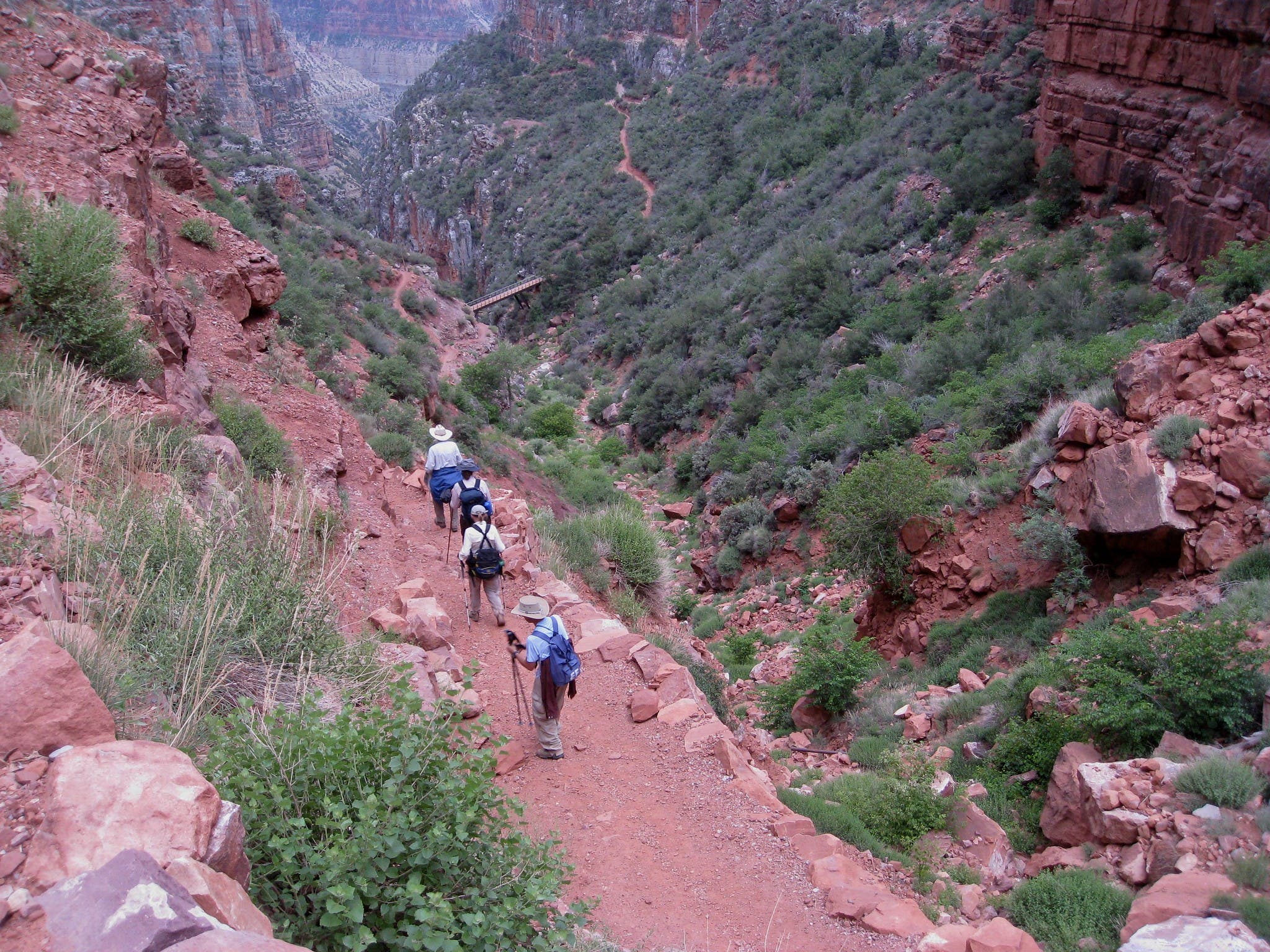
The Grand Canyon is vastly different from the top of the Kaibab Plateau to the Colorado River at the bottom. The best way to see it all? Walk it all—twice. From the North Kaibab Trailhead, head down the trail and spend the night at Cottonwood Camp and Phantom Ranch before climbing back out to the Bright Angel Trailhead.
Hike Mackinac Island
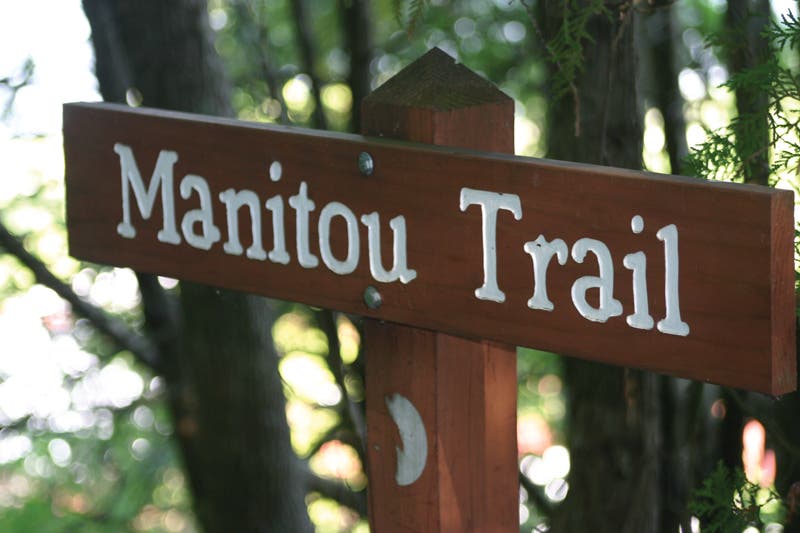
We bet you haven’t visited America’s second national park. You read that right: Designated shortly after Yellowstone, before the National Park Service existed, Mackinac National Park only lasted 20 years before the federal government transferred control of it to Michigan. But between the historic fort and miles of hiking and biking trails crisscrossing the island’s thick forests, it’s still more than worthy of a visit.
Climb Mount Rainier
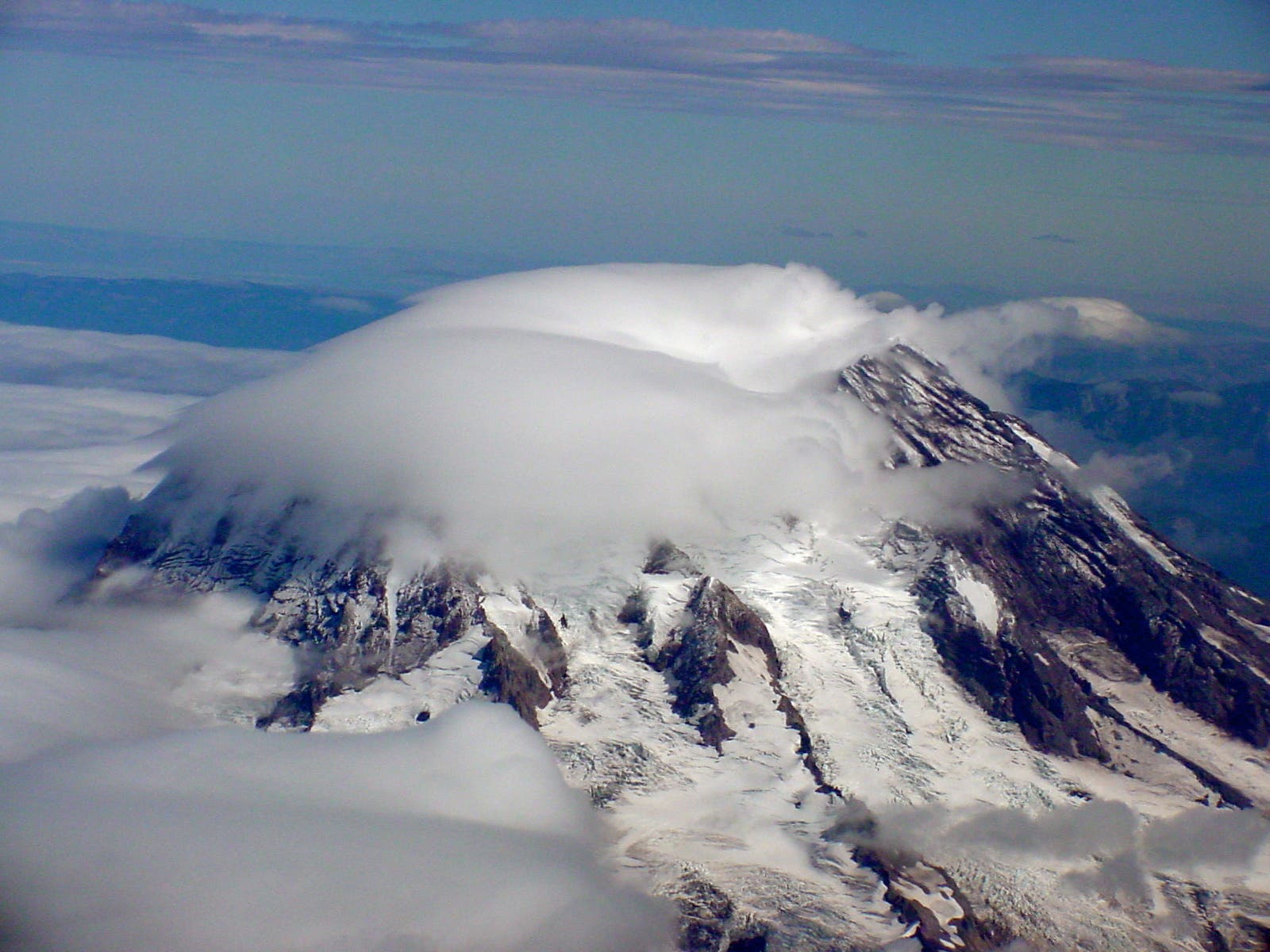
No, it’s not really a hike, but climbing to the top of this 14,410-foot volcano is not only a life list-worthy accomplishment on its own, but it could also be a great first step into a new set of mountain adventures. Get a guide service to keep you safe and (literally and figuratively) show you the ropes of crevasse crossings, glacial navigation, and basic mountaineering skills, then wake up for your alpine start and put one foot in front of the other all the way to the summit.
Make a Pilgrimage to Gold
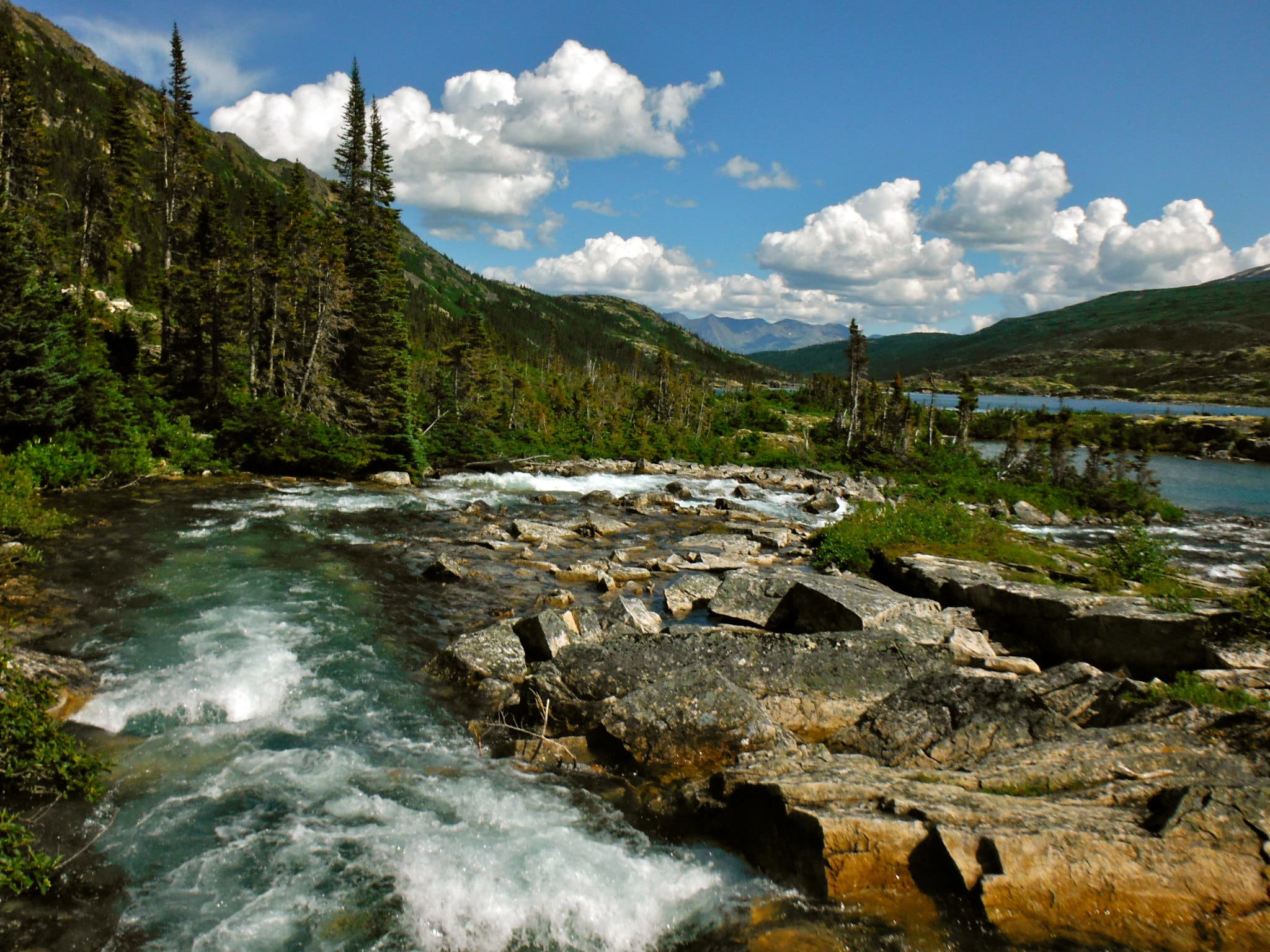
Once a gold rush trade route between Dyea, Alaska and Lake Bennett, British Columbia, the 33-mile Chilkoot Trail is now a popular pilgrimage for backpackers through the dense Alaskan forest and over a major mountain pass. The most famous part of the trail climbs the 1000-foot Golden Stairs over Chilkoot Pass.
Hike the Kalalau Trail
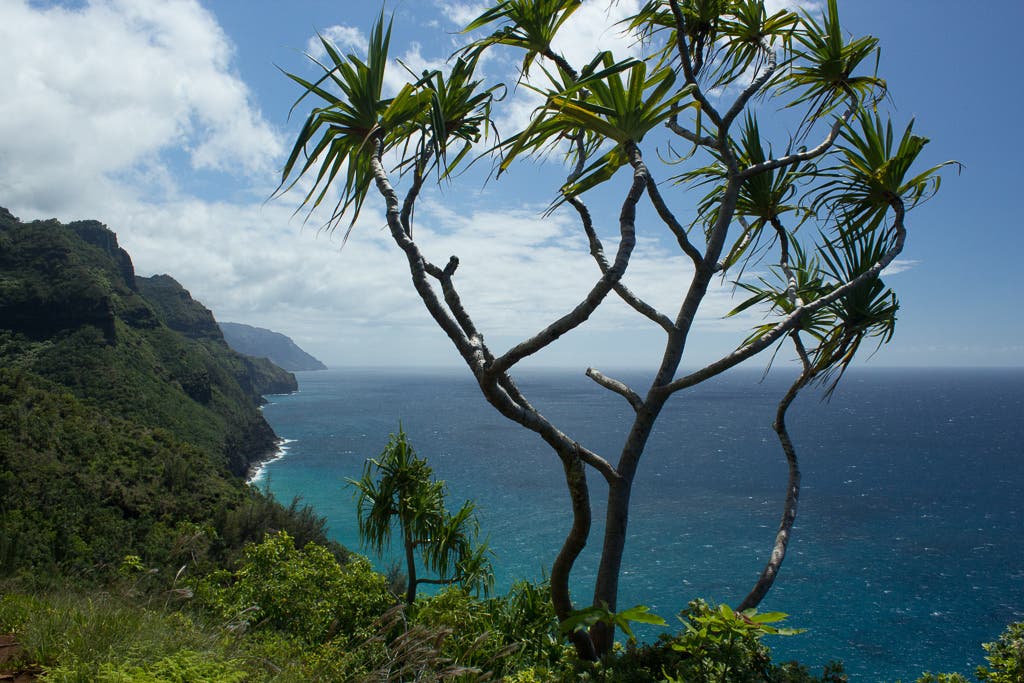
This 22-mile trail is more rugged than it first appears. Following the coast of the Hawaiian island of Kauai, it slices through dense terrain that no other foot path penetrates. But as a reward for your exertion, you’ll be treated to flowing mountain streams, lush riparian valleys, and narrow ledges over the jungle, plus views of the spectacular Hanakoa Falls.
Hike Dawson and Pitamakan Passes
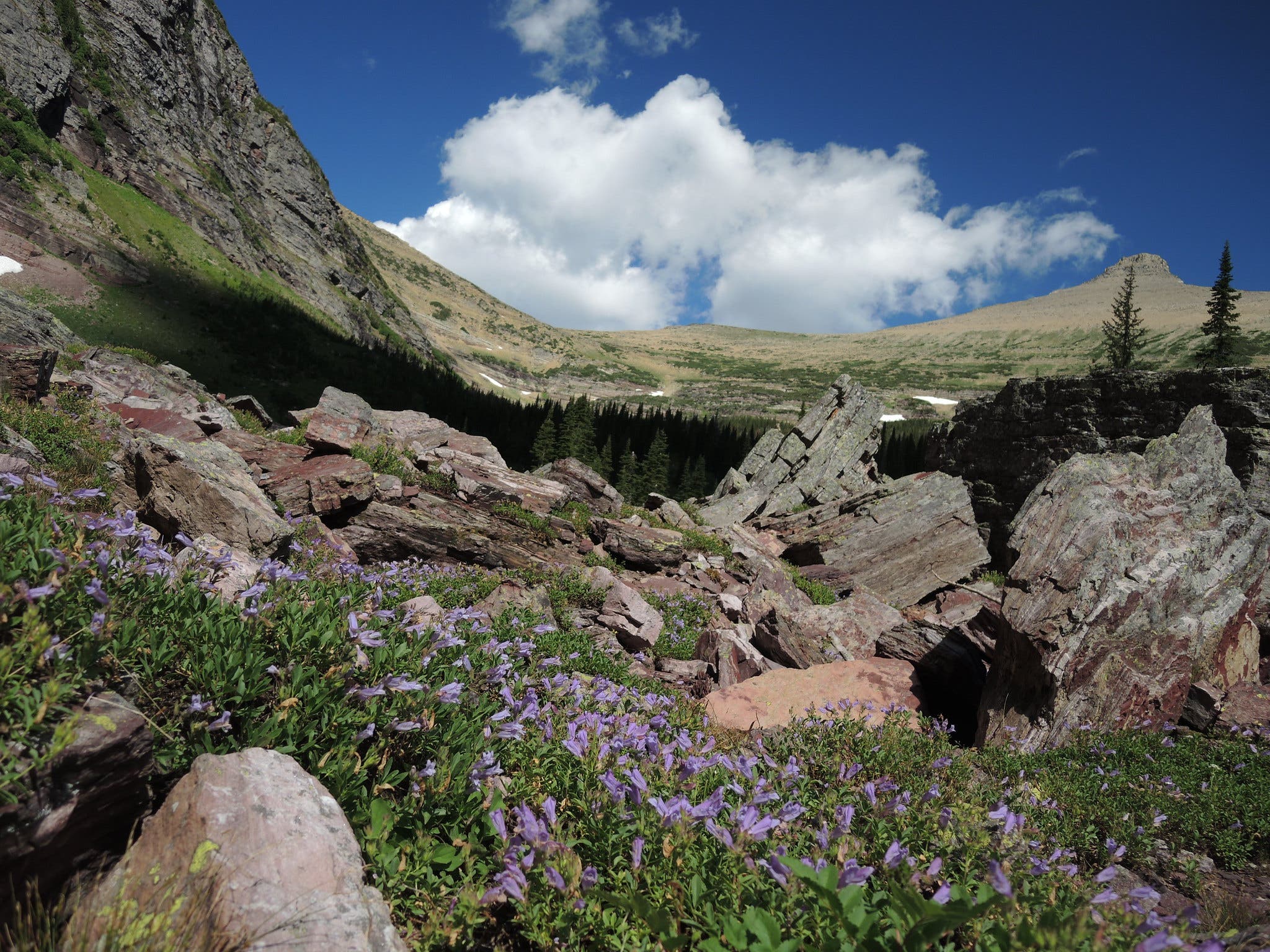
Looping together these two passes makes for a long 20-mile day, but that difficulty is what keeps the normally bustling Glacier National Park crowds at bay. On your way to Dawson, check out No Name Lake (it would make a great spot to turn this into an overnight), and if you want to tack on an extra view, scramble up nearby Mount Helen before taking the exposed trail near Pitamakan Pass. The mountains and lakes here are big, but the views are bigger.
Traverse the Prezis the Easy Way
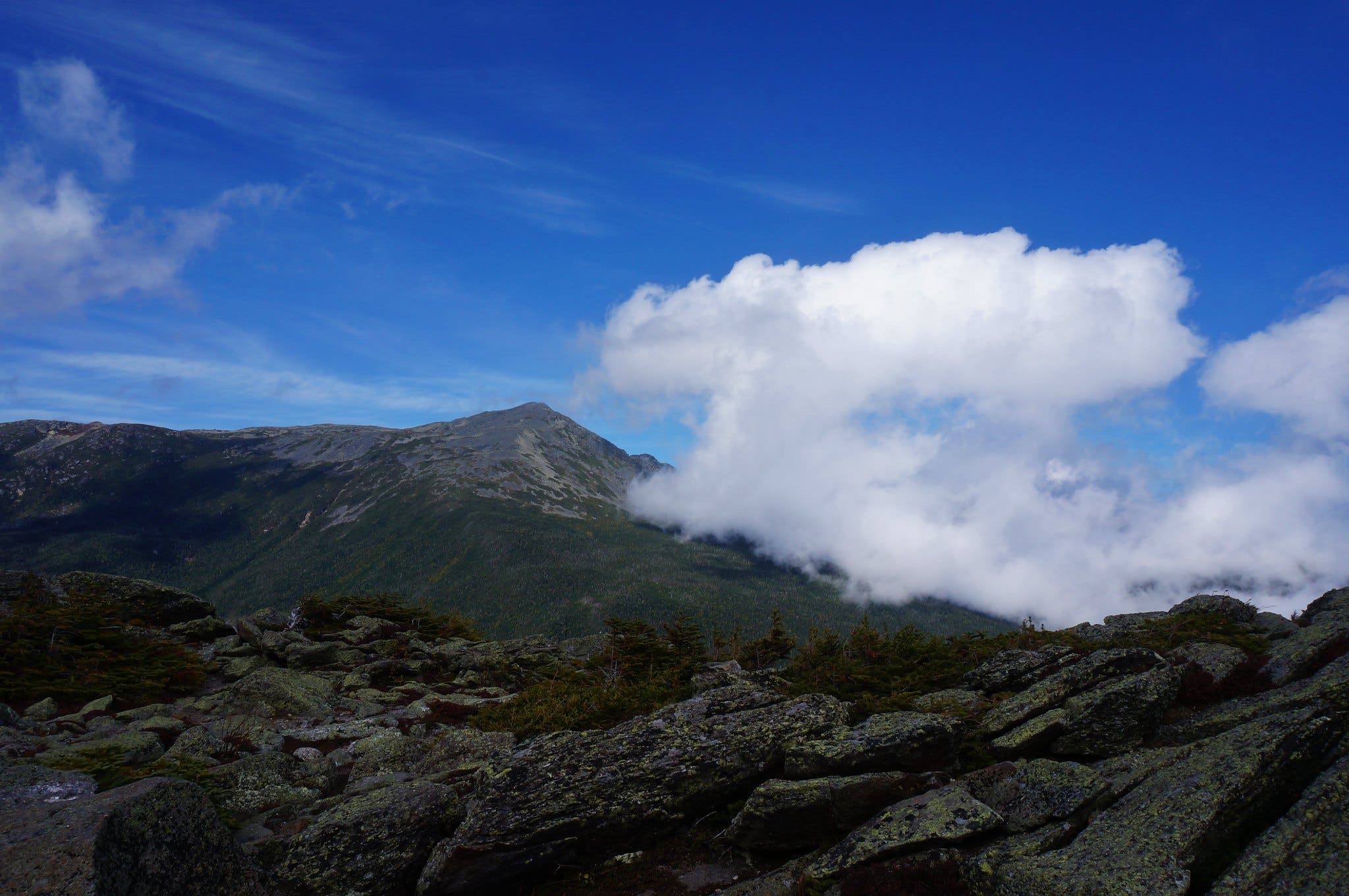
The Presidential Range in New Hampshire is known for its dangerous weather. Find nightly refuge from the storms and dramatically reduce your pack weight while making the 23-mile thru-hike across the range by spending your nights in the Appalachian Mountain Club’s Madison, Lake of the Clouds, and Mizpah Spring Huts. The relaxed itinerary will give you time to explore the deep glacial cirques and alpine tundra along the way.
Go Canyoneering in Zion
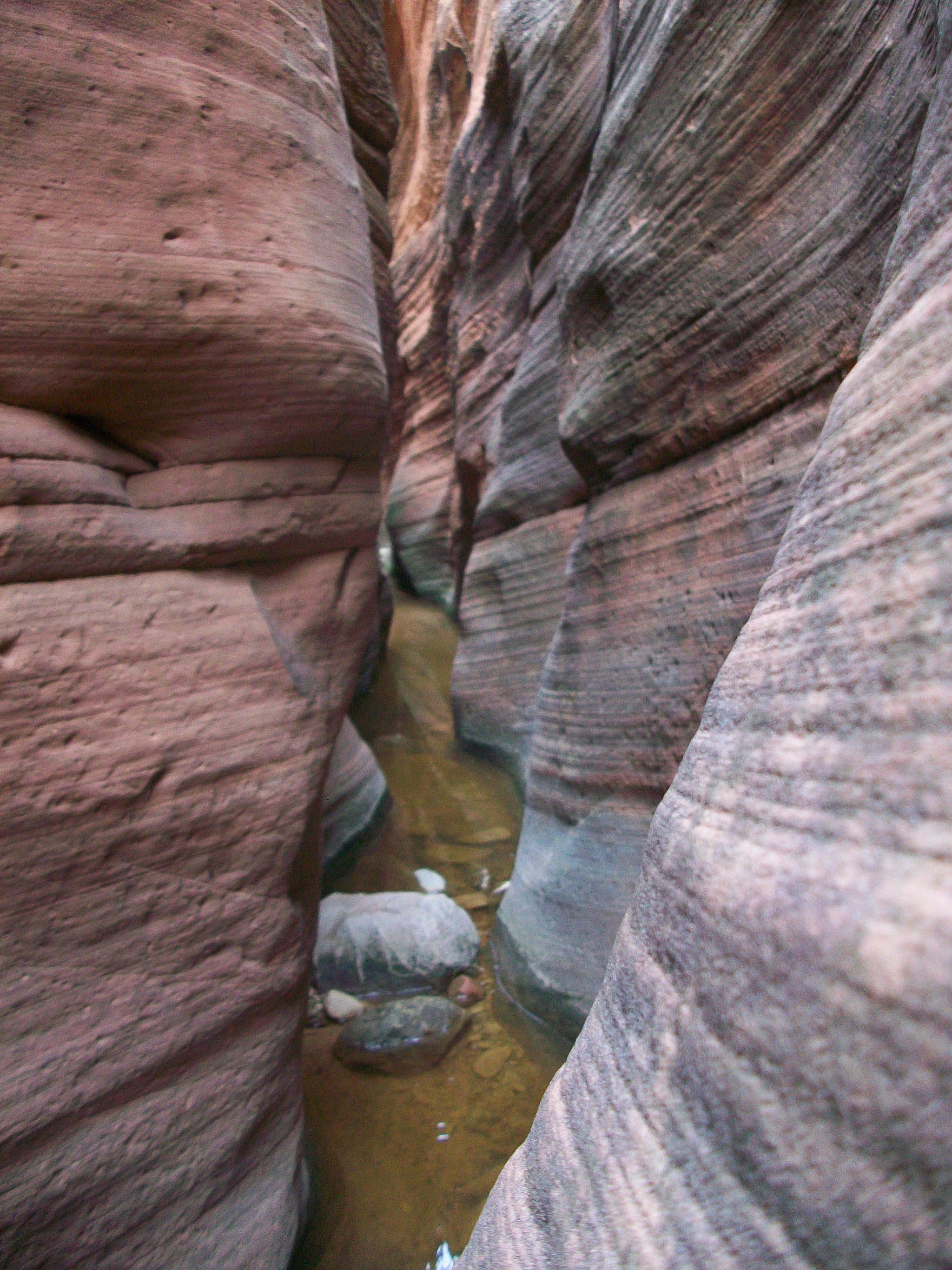
Think of it as underground hiking. Assuming you have basic rappelling knowledge, Keyhole Canyon is a short, relatively easy slot canyon slicing through the park’s red sandstone. Wear a wetsuit—the water isn’t deep (it may require a short swim or wade), but it is cold. If you enjoy your time, consider connecting it with Pine Creek for a longer day.
Hike the John Muir Trail
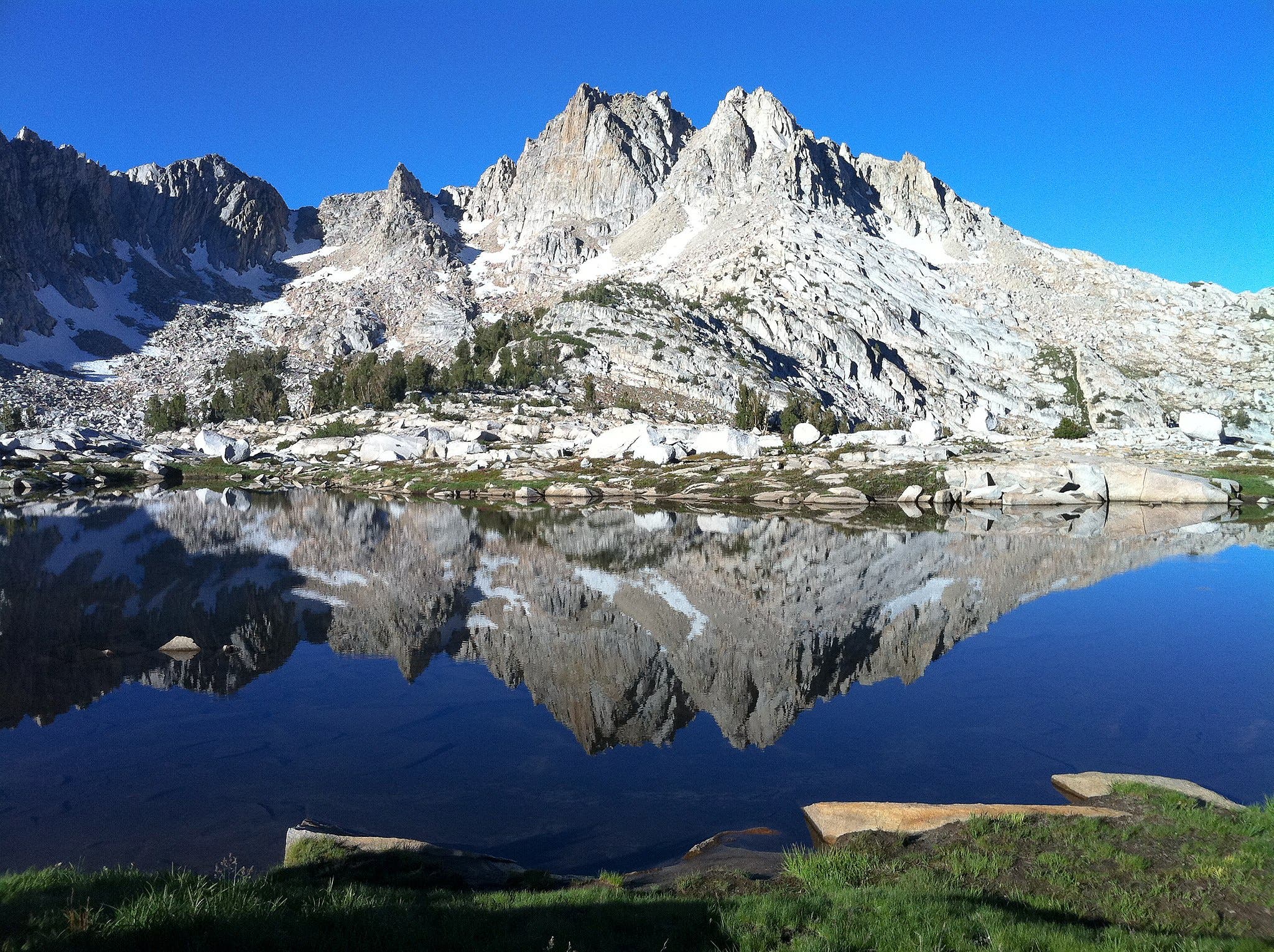
In 210 miles (usually done in 3 to 4 weeks), you’ll travel from Yosemite Valley to the summit of Mount Whitney, see three High Sierra National Parks, cross through a major wilderness area, and climb to the highest point in the Lower 48. But be prepared: By going north to south (the most popular option), you’ll climb roughly 46,000 feet on your way to Mount Whitney.
Backpack to the Enchanted Valley
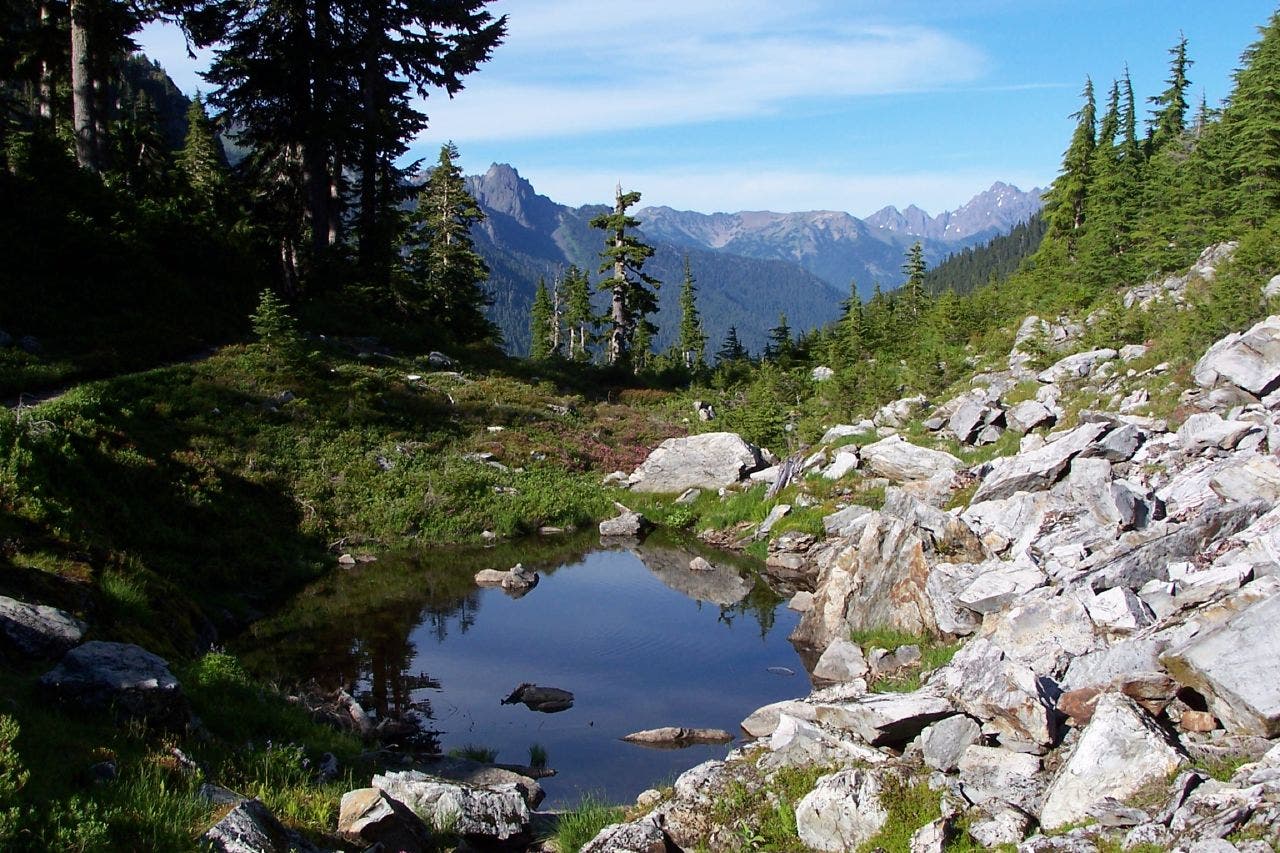
Wander through stands of massive old-growth trees, across log bridges over the raging Quinault River, and through a thick rainforest before emerging into a fairytale-like valley. Flanked on nearly all sides by tall cliffs draped in waterfalls, the Enchanted Valley feels like a Shangri La hidden in Olympic National Park. Extend the 13-mile route another 5 miles to climb out of the head of the valley into Anderson Pass.
Hike the Havasupai Trail to Havasu Falls
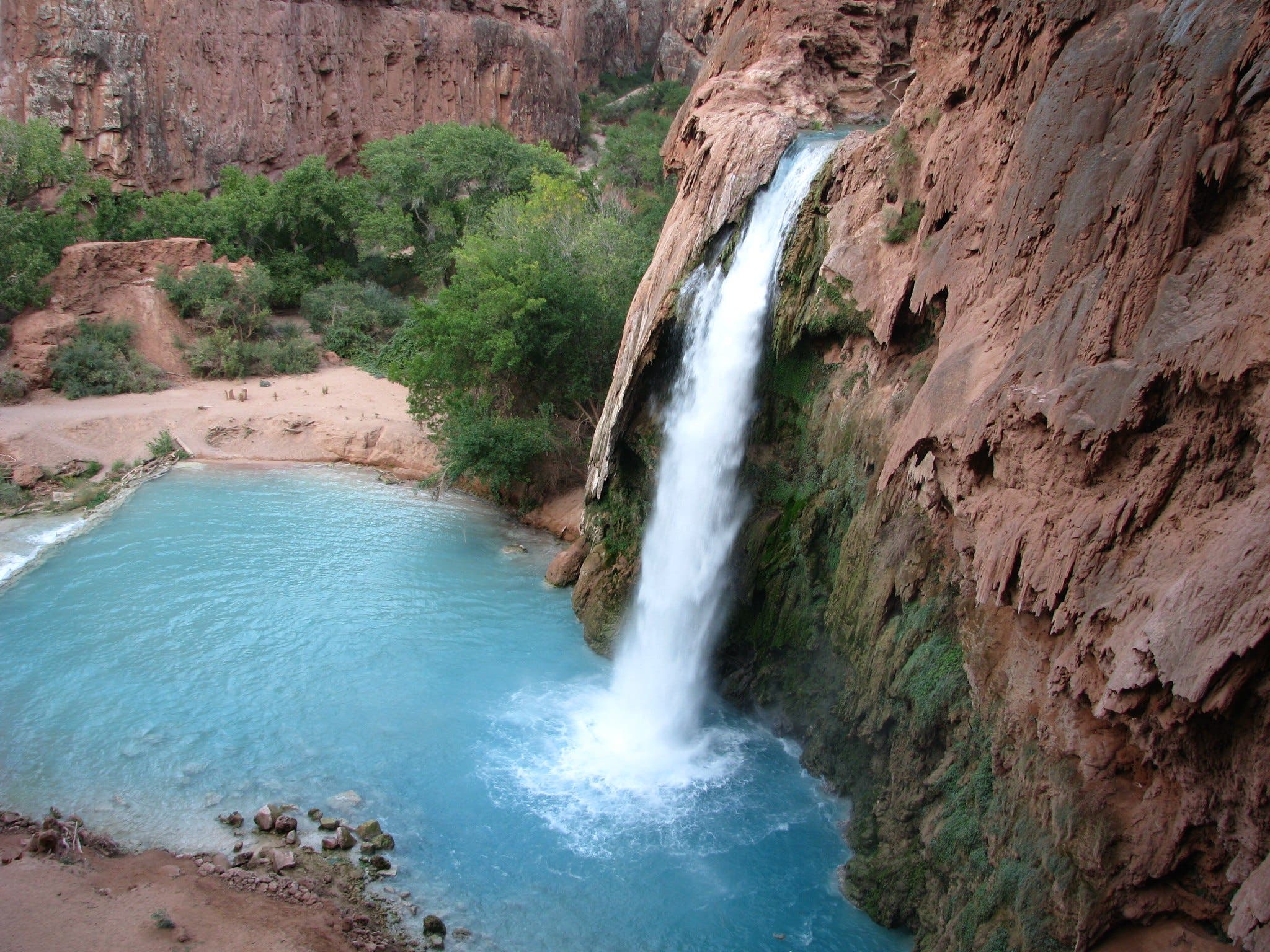
The 10-mile and 2,000-foot descent into the Havasupai Reservation in Grand Canyon National Park switchbacks under tall cliffs of sandstone and shale, through sandy washes and over ancient trails, eventually reaching the off-the-map village of Supai at mile 8. From there, it’s a quick 2-mile trip to the spectacular 100-foot waterfall and sandy beach another 2 miles down the trail. Interested in making this into an overnight? Make reservations ahead of time to stay in Supai.
Climb Marcy, Gray, and Skylight
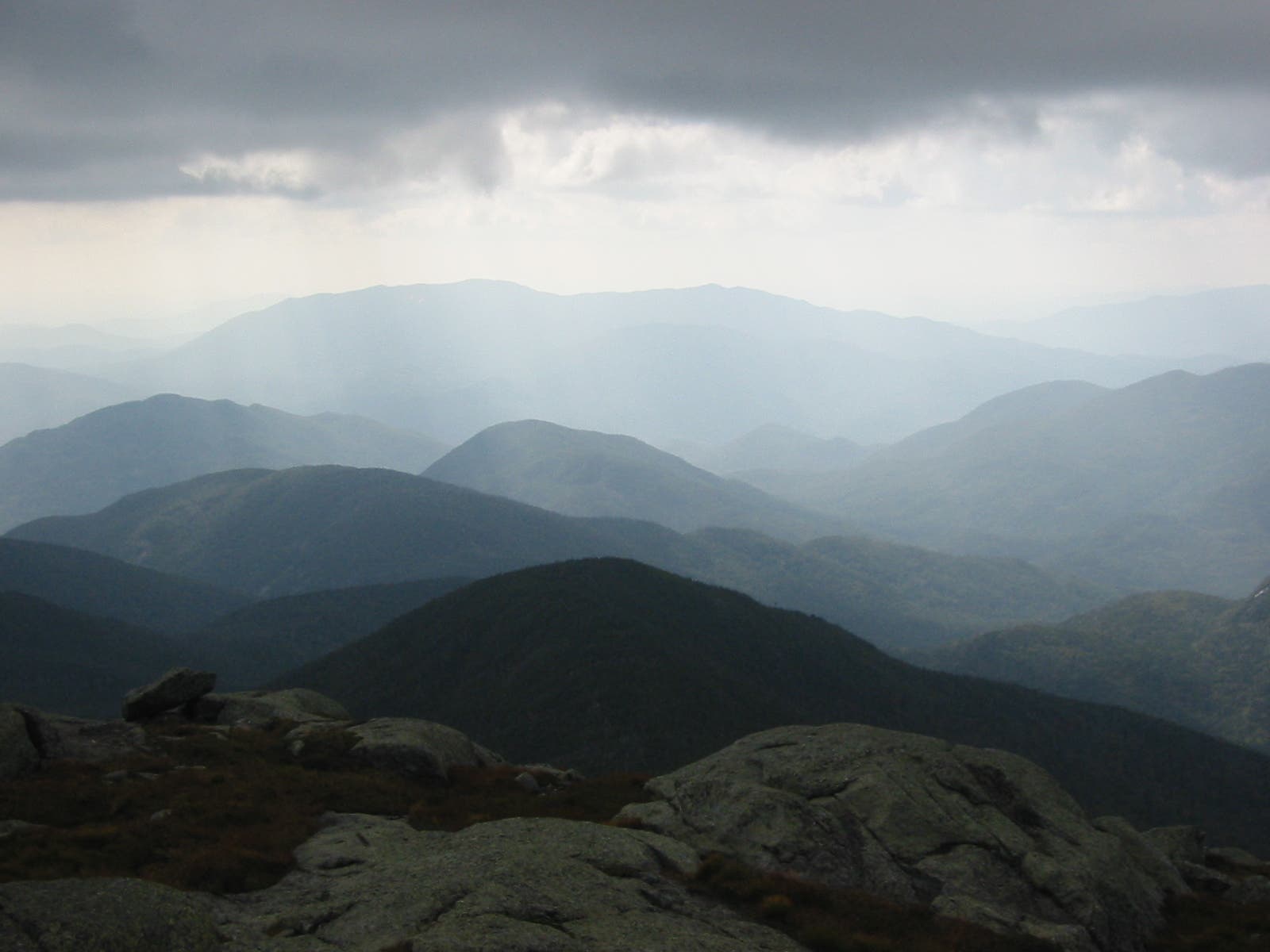
These three 46ers (a traditional group of New York’s highest mountains, or the people who have climbed all of them) are at the core of the Adirondack Mountains, so a climbing attempt requires a long approach hike through dense northern woods and past glacially-carved lakes. Spend a night at Uphill Leanto before waking up early to catch the sunrise on Skylight. From there, pass Lake Tear of the Clouds before climbing the bald, rocky summit come of Marcy—the state’s highpoint—and connecting it to the technically trailless Gray Peak, for a full day.